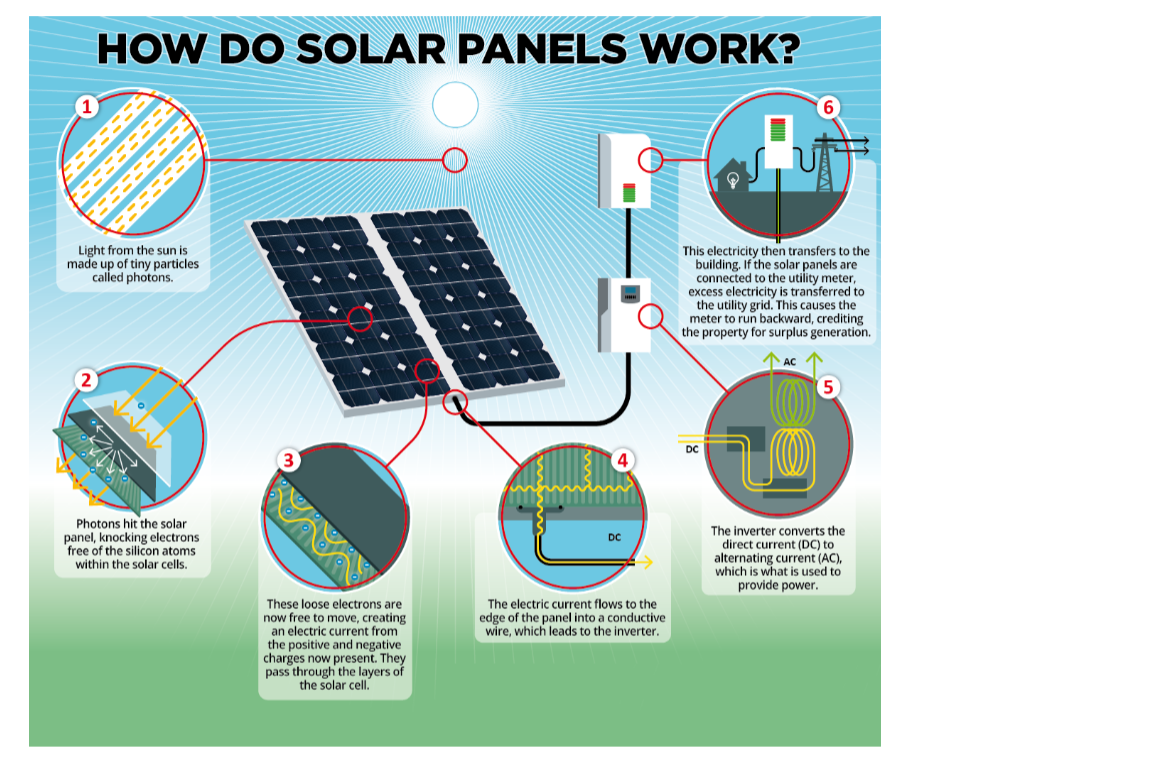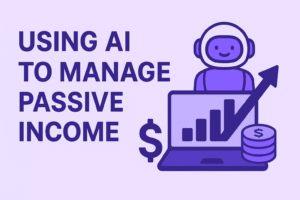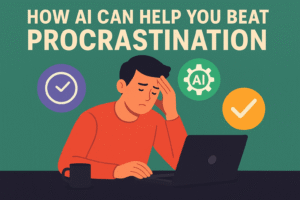How does a solar panel work?
A quick answer is that a solar panel contains photovoltaic (PV) cells, which sit between two types of silicon: p-type and n-type semiconductors. When sunlight hits these cells, the energy from the light particles (aka photons) knocks electrons loose from their atoms.
Now here’s the cool part, because of how the materials are layered, the electrons are pushed in only one direction: toward the n-type side. Once they reach there, a metal conductor collects them and sends them into a circuit. That’s electricity—straight from the sun to your stuff.
More detailed explanation:
PV solar panels generate direct current (DC) electricity. That means the electric current flows one way, kind of like traffic on a one-way street. Think of a battery lighting up a flashlight, the electrons travel from the negative end, power the bulb, then loop back to the positive end.
In contrast, most homes use alternating current (AC) electricity. That’s where the current changes direction constantly. Big power plants use spinning magnets and coils to generate AC.
Now here’s where the inverter steps in. It converts solar-generated DC power into usable AC so you can power everything from your fridge to your PlayStation. You don’t need to hand-crank a generator, thankfully.
And yep, other sources like wind, hydro, coal, or even nuclear plants also use that same “spinning coil” concept. Solar just skips the spinning.
How Do Solar Panels Work With Your Electric Bill?
You’ve probably heard folks say solar panels “pay for themselves.” That’s mostly true, over time.
When you generate your electricity, you buy less from the utility company. Depending on how many panels you install and how much energy you use, this can shrink your bill dramatically.
And here’s the sweet bonus: If your system makes more electricity than you need, that extra juice gets sent back to the grid. Through a setup called net metering, your utility gives you credits for that contribution. It’s like rolling over your minutes from the early days of cell phones, only this time, it’s with energy.
So your bill reflects what you used, minus what your panels produced. That’s where real savings kick in.
Why are solar panels so popular?
Let’s cut to the chase, solar panels are popular because they work, they’re clean, and nearly anyone with a roof can use them.
Sure, there are other renewable energy options like wind turbines or hydro power. But those setups require a lot more space, effort, and in some cases, government-level planning. Your average homeowner can’t exactly build a dam in the backyard.
Solar panels, on the other hand, can go on a small roof and still make a big impact. They’re accessible, efficient, and best of all, quiet. No whirring blades or rushing water. Just good old sunlight doing its job.
The invention of solar panels:
Let’s go back to 1839. A young French physicist named Edmond Becquerel, just 19 years old, was tinkering around with metal electrodes in a liquid. He discovered that the setup generated more electricity when exposed to light. Boom photovoltaic effect was discovered.
Jump ahead to 1954. Scientists Daryl Chapin, Calvin Fuller, and Gerald Pearson at Bell Labs made the first practical silicon PV cell. It was powerful enough to run electrical devices. From that point on, solar energy wasn’t just a lab trick; it was a real power source.
Solar Panel System:
Let’s break it down step by step:
- Sunlight hits your solar panel.
- The panel turns it into DC electricity.
- An inverter converts DC into AC.
- AC powers your gadgets and lights.
It’s a clean and surprisingly simple process. And if you’ve ever worried about what happens when you’re not home, don’t. Solar panels don’t care if you’re binge-watching at home or out on vacation. They’re still soaking up rays and sending energy to the grid.
Now, what about overload? Nope. A standard grid-tied solar system often produces more energy than you need during peak sunlight hours. That excess energy isn’t wasted; it goes to the grid, and you get credit.
And while nuclear power plants are efficient at generating electricity in huge amounts, they come with environmental baggage. Solar? Not so much.
What are solar farms?
These large-scale solar setups are designed to generate massive amounts of electricity. They’re usually found in hot, sunny regions to get the most out of daylight hours.
What makes them great? They produce clean energy without pollution, without noise, and without burning stuff. Compared to nuclear power plants, which let’s be honest, make most people nervous, solar farms feel like the calm, eco-friendly cousin.
Can solar power be generated on cloudy days?
Yes! Solar panels don’t need perfect blue skies to do their job. As long as there’s daylight, they’ll generateelectricityt just not as much as on a bright, sunny afternoon.
Performance depends on factors like:
- The amount of sunlight hitting the panel
- The size and quality of the panels
- The location and angle of your system
So while output drops on rainy or overcast days, it doesn’t flatline. You’ll still be making energy, just at a slightly slower pace. Think of it like a dimmer switch, not a power outage.




